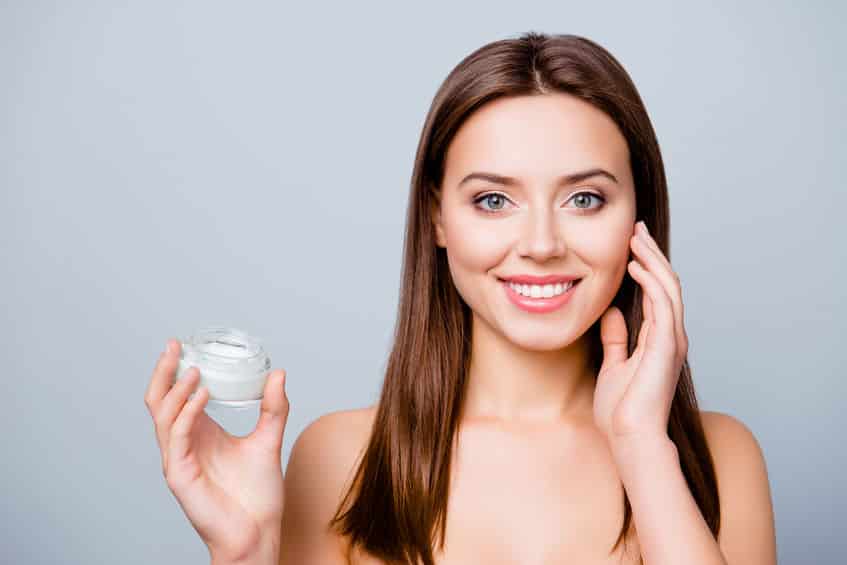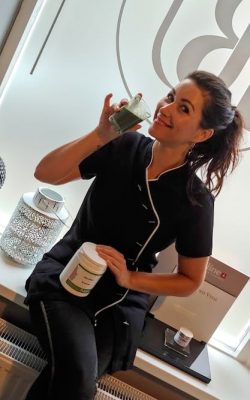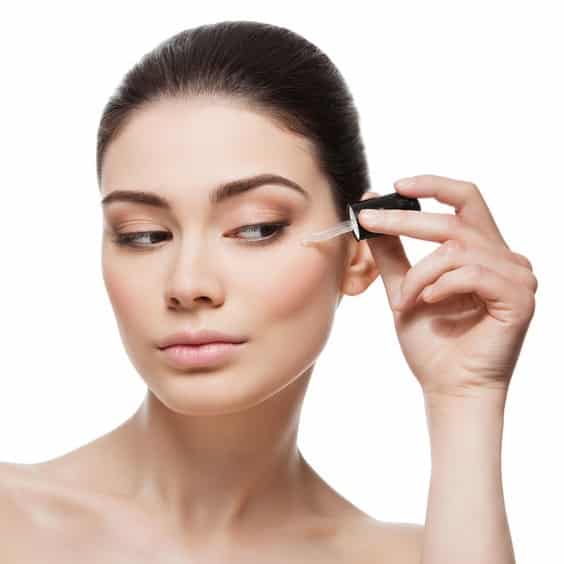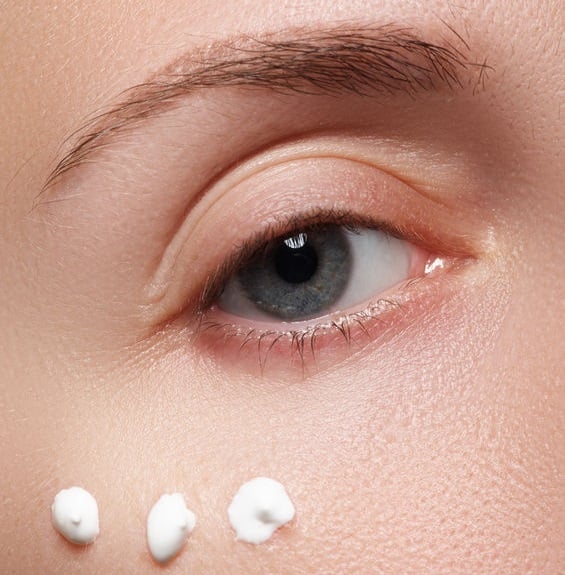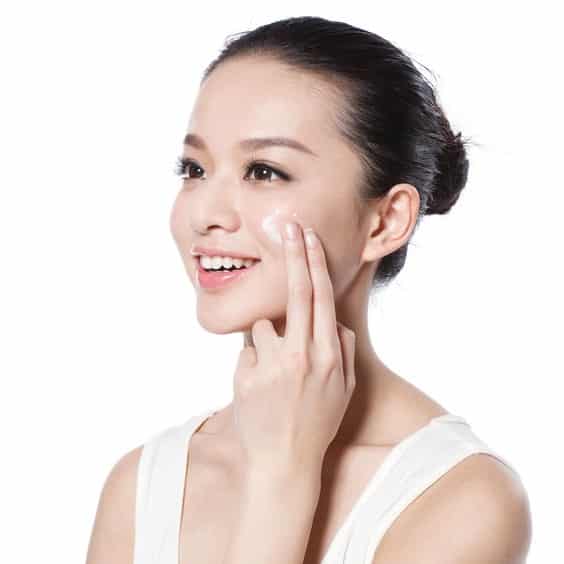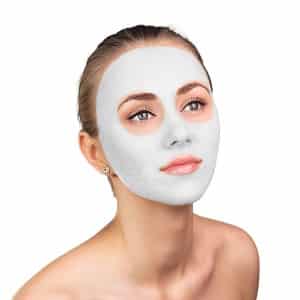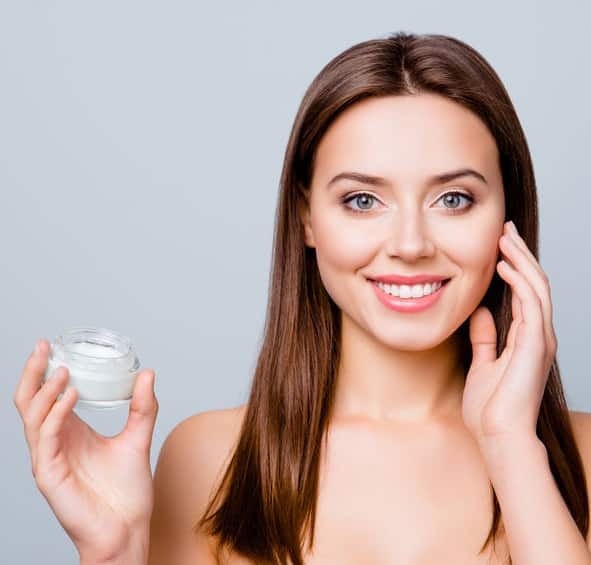Tips
At night, after you have washed your face and applied the serum and/or evening skincare product, you are ready to go to bed. Keep your night cream on your nightstand and apply it right before going to sleep. The usually expensive, special products have had just a little more time to penetrate the skin well before the skin is closed with the night cream
Any advice? Listen to your skin. Remember that you are unique and that no one else has the same skin. Whatever experts say, it's important to find what works for you and always be kind to your skin.


